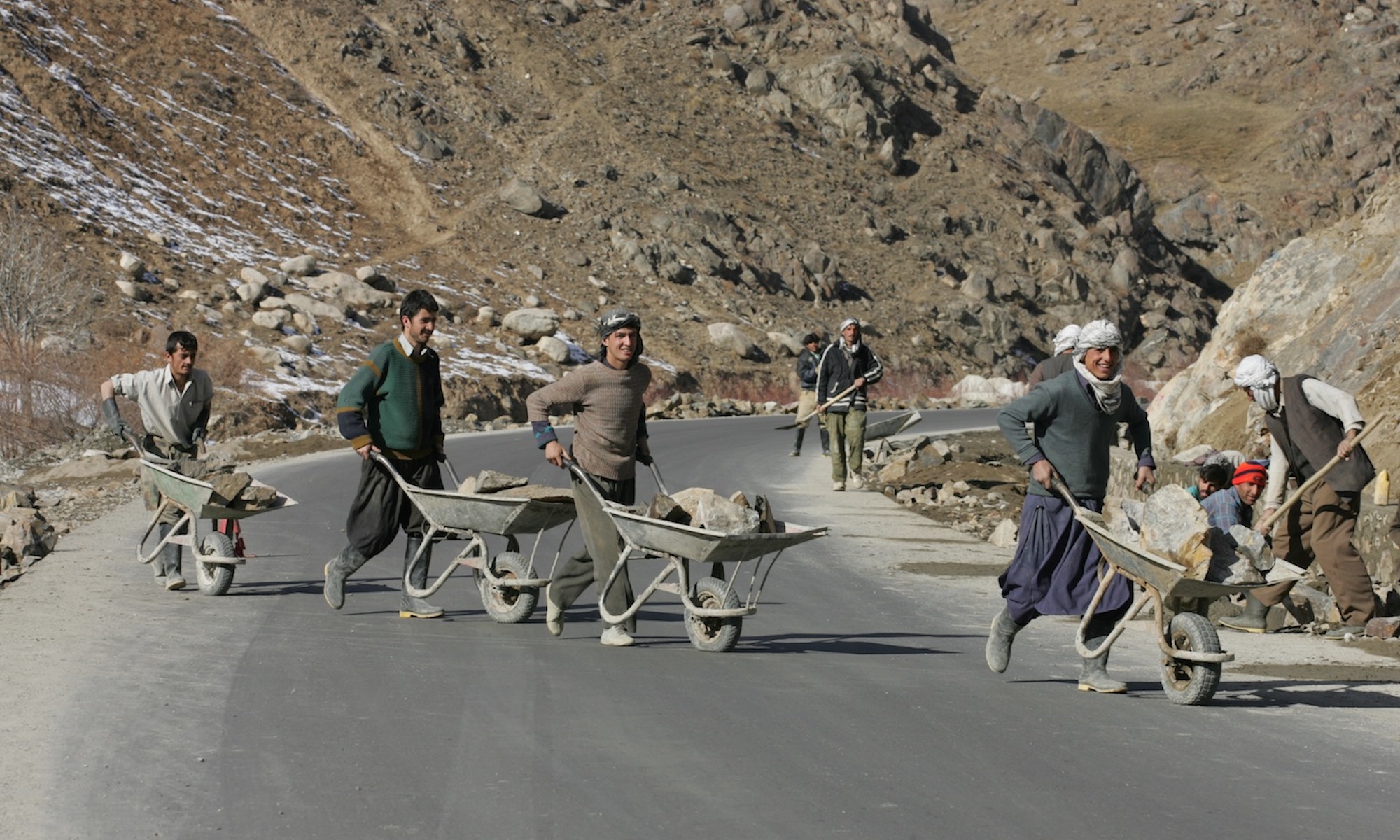While ‘classical’ peacekeeping may have not been an appropriate answer to challenges in the early 1990s’ the demand for international deployments has not diminished, and nor has the demand for UN involvement. Three issues of the past decade are highlighted in this article: the question of continuity and change in peacekeeping practice; the critical role of politics in the advent and subsequent history of operations; and the respective importance of the UN and other institutions as vehicles for collective action.
Building Peace After War
Author addresses the widespread practice of intervention by outside actors aimed at building ‘sustainable peace’ within societies ravaged by war, examining the record of interventions from Cambodia in the early 1990s to contemporary efforts in Afghanistan and the Democratic Republic of the Congo. The book analyses the nature of the modern peacebuilding environment, in particular the historical and psychological conditions that shape it, and addresses the key tasks faced by outside forces in the early and ciritical ‘post-conflict’ phase of an intervention.
Reintegrating Armed Groups After Conflict: Politics, Violence and Transition
Investing for Peace: The Private Sector and the Challenges of Peacebuilding
The new environment for peacebuilding is defined by new approaches to aid, a redefinition of the private sector to include hybrid forms of state and market activity, a new balance of emphasis between corporate social responsibility activities on the part of private-sector actors and the foundational importance of robust legal and regulatory frameworks, a structural boom in demand for natural resources, and the opportunity to have essential small and medium-sized private-sector activity catalysed by macro-finance investment in natural-resources sectors. It presents new risks as well as new opportunities and requires, above all, a new compact between the international donor community and governments in countries experiencing or emerging from conflict that seek to trade their way to sustainable development.
Greed and Grievance: Economic Agendas in Civil Wars
This path-breaking volume identifies the economic and social factors underlying the perpetuation of civil wars, exploring as well the economic incentives and disincentives available to international actors seeking to restore peace to war-torn societies.
